Willem Van Staveren9789040724534, 9040724539
Table of contents :
Analyses of Aircraft Responses to Atmospheric Turbulence……Page 1
Summary……Page 7
Contents……Page 11
1.1 Goal of this thesis……Page 19
1.2 Outline of this thesis……Page 22
Part I Atmospheric Turbulence Modeling……Page 25
2.2 Atmospheric turbulence modeling assumptions……Page 27
2.2.1 Fundamental atmospheric turbulence correlation functions……Page 32
2.3.1 The general covariance function matrix……Page 33
2.3.2 A 2D spatial separation example……Page 36
2.4.1 The general PSD function matrix……Page 40
2.4.2 Reduced spatial frequency dimension examples……Page 44
2.6 Remarks……Page 49
Part II Linearized Potential Flow Theory……Page 51
3.1 Introduction……Page 53
3.2.1 Flow equations……Page 55
3.2.2 Boundary conditions……Page 58
3.2.3 Wake separation and the Kutta condition……Page 59
3.3.1 Body surface discretization……Page 60
3.3.2 Quadri-lateral panels……Page 66
3.3.4 Wake separation and the numerical Kutta condition……Page 68
3.3.5 General numerical source- and doublet-solutions……Page 69
3.3.6 Velocity perturbation calculations……Page 76
3.3.8 Aerodynamic loads and aerodynamic coeffcients……Page 79
3.4 Remarks……Page 80
4.2.1 Introductio……Page 81
4.2.2 The Theodorsen function……Page 82
4.2.3 The Sears function……Page 83
4.2.4 The Horlock function……Page 86
4.2.5 The Wagner function……Page 89
4.2.6 The KÄussner function……Page 92
4.3.1 Introduction……Page 94
4.3.2 Kinematics……Page 96
4.3.4 Unsteady wake-separation and the numerical Kutta condi- tion……Page 97
4.3.5 General numerical source- and doublet-solutions……Page 99
4.3.7 Aerodynamic pressure calculations……Page 107
4.3.8 Aerodynamic loads……Page 108
4.4.1 Introduction……Page 109
4.4.3 Sears function simulations……Page 113
4.4.4 Horlock function simulations……Page 115
4.4.5 Wagner function simulations……Page 117
4.5 Remarks……Page 120
Part III A Linearized Potential Flow Application……Page 121
5.1 Introduction……Page 123
5.2.1 Translational velocity perturbations……Page 125
5.3.1 Introduction……Page 129
5.3.2 1D Atmospheric gust ¯elds……Page 130
5.3.3 2D Atmospheric gust ¯elds……Page 132
5.4 (Quasi-) Steady stability derivatives……Page 138
5.5 Aerodynamic frequency-response data……Page 144
5.6 Remarks……Page 146
6.2 Aircraft geometry de¯nition……Page 149
6.3 Wake geometry de¯nition……Page 150
6.4.1 A PCA-model steady-state solution……Page 153
6.4.2 (Quasi-) Steady stability derivatives……Page 154
6.4.3 Stability derivatives obtained from flight tests……Page 157
6.6 Remarks……Page 159
7.1 Introduction……Page 171
7.2.2 Time-domain simulations……Page 172
7.2.3 Effect of the discretization time on frequency-response data……Page 173
7.3.1 Breakdown of frequency-response data……Page 174
7.3.2 Aerodynamic fitting results……Page 182
7.4.1 Breakdown of frequency-response data……Page 184
7.5 Frequency-dependent stability- and gust deriva- tives……Page 185
7.6 Remarks……Page 187
8.1 Introduction……Page 191
8.2.2 Time-domain simulations……Page 192
8.2.3 Effect of the discretization time on frequency-response data……Page 193
8.3.2 Aerodynamic fitting results……Page 194
8.5.1 Aerodynamic fitting results……Page 198
8.6 Frequency-dependent stability- and gust deriva- tives……Page 201
8.7 Remarks……Page 205
Part IV The Mathematical Aircraft Models……Page 207
9.1 Introduction……Page 209
9.2.2 Generation of 2D spatial-domain gustfields……Page 210
9.2.3 The flightpath definition……Page 211
9.2.4 Decomposition of the 2D spatial-domain gustfields……Page 212
9.2.7 Application of wake truncation……Page 214
9.2.8 Calculation of aerodynamic coeffcients in Faero and FS……Page 216
9.3.1 Introduction……Page 217
9.3.2 The LPF-EOM solution……Page 219
9.4 Remarks……Page 221
10.1 Introduction……Page 223
10.4.1 Introduction……Page 224
10.4.2 Calculation of the unsteady stability derivatives……Page 226
10.4.3 Calculation of the gust derivatives for 1D gustfields……Page 231
10.5.1 Introduction……Page 243
10.5.2 The frequency-domain aircraft responses to 2D gust field……Page 244
10.5.3 Calculation of the gust derivatives for 2D gust fields……Page 249
10.6 Remarks……Page 251
11.1 Introduction……Page 265
11.2 Atmospheric turbulence field definitions……Page 266
11.3.1 1D Symmetrical longitudinal gust fields……Page 267
11.3.2 1D Asymmetrical lateral gust fields……Page 268
11.3.3 1D Symmetrical vertical gust fields……Page 272
11.3.4 2D Anti-symmetrical longitudinal gust fields……Page 278
11.3.5 2D Anti-symmetrical vertical gust fields……Page 283
11.4.2 2D gust fields……Page 288
11.4.3 Effective 1D PSD-functions for 2D gust fields……Page 289
11.5.1 Aircraft equations of motion for 1D gust fields……Page 292
11.5.2 Aircraft equations of motion for 2D gust fields……Page 294
11.6 Remarks……Page 295
12.2.1 Definition of the gust inputs……Page 301
12.2.2 Correlation functions……Page 302
12.2.3 PSD-functions……Page 307
12.3.1 1D Symmetrical longitudinal gust fields……Page 310
12.3.3 1D Symmetrical vertical gust fields……Page 313
12.4.1 Aircraft equations of motion for 1D gust fields……Page 314
12.4.2 Aircraft equations of motion for 2D gust fields……Page 316
12.5 Remarks……Page 317
Part V Comparison of Gust Response Calculations……Page 319
13.1 Introduction……Page 321
13.2.1 Introduction……Page 322
13.2.3 The LPF-EOM-solution……Page 323
13.2.4 The PCA-model……Page 324
13.2.5 The DUT-model……Page 325
13.2.6 The FPA-model……Page 326
13.3.1 Introduction……Page 327
13.3.2 Time-domain results……Page 330
13.3.3 Frequency-domain results……Page 335
13.4.1 Introduction……Page 352
13.4.2 Time-domain results……Page 358
13.4.3 Analytical frequency-domain results……Page 359
13.5.1 Introduction……Page 366
13.5.2 LPF-EOM model responses……Page 372
13.6 Conclusions……Page 383
Part VI Conclusions and Recommendations……Page 389
14.1 Introduction……Page 391
14.2 Conclusions……Page 392
14.3 Recommendations for future research……Page 394
Abbreviations……Page 397
Symbols……Page 398
Greek symbols……Page 402
Superscripts……Page 403
Other symbols……Page 404
B.1.2 The Aerodynamic Frame of Reference F……Page 405
B.1.4 The Earth-Fixed Frame of Reference F……Page 406
B.1.5 The Inertial Frame of Reference F……Page 407
B.1.7 The Rig Frame of Reference Frig……Page 408
B.1.8 The Stability Frame of Reference FS……Page 410
B.2.1 The Fourier-transform……Page 411
B.2.2 The calculation of frequency-response functions from the state-space representation……Page 412
B.2.3 The output Power Spectral Density function matrix……Page 413
C.2 Quadri-lateral source elements……Page 415
C.3 Quadri-lateral doublet elements……Page 418
Appendix D Stability – and gust derivative definitions……Page 421
E.1 Introduction……Page 431
E.2 Frequency-response data extraction from time-do- main simulations……Page 432
E.3 1D Analytical continuation of frequency-response data……Page 434
E.4 2D Analytical continuation of frequency-response data……Page 435
E.5 PSD-function fits……Page 437
F.1 Introduction……Page 439
F.2 Parameter tables……Page 440
G.1 Introduction……Page 443
G.2.1 3D Correlated gust fields……Page 444
G.2.2 2D Uncorrelated gust fields……Page 446
G.2.3 2D Correlated gust fields……Page 448
G.2.4 The numerical simulation of 2D gust fields……Page 449
G.2.5 Verification of the 2D gust fields……Page 450
G.3.2 Definition of the encountered gust fields……Page 458
G.4 Summary of the definition of the aerodynamic model gust inputs……Page 461
G.5 Remarks……Page 463
H.1 Introduction……Page 467
H.2 2D PSD-functions……Page 468
H.3 1D PSD-functions……Page 469
H.4 FPA-model PSD-functions……Page 470
I.1 Introduction……Page 479
I.2 The non-linear equations of motion……Page 480
I.3.1 Linearization of the equations of motion……Page 482
I.3.2 Equations of motion in the stability frame of reference……Page 488
I.3.3 Non-dimensional equations of motion……Page 489
I.3.4 The non-dimensional equations of motion in state-space form……Page 491
I.4.1 Introduction……Page 493
I.4.3 Asymmetrical equations of motion……Page 494
References……Page 499
Samenvatting……Page 503
Acknowledgements……Page 507
Curriculum vitae……Page 509

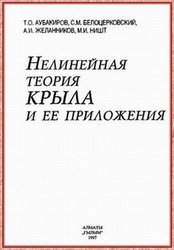
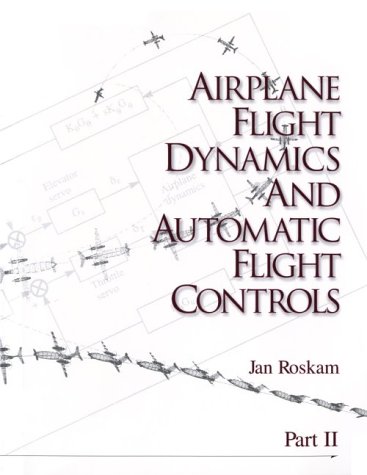
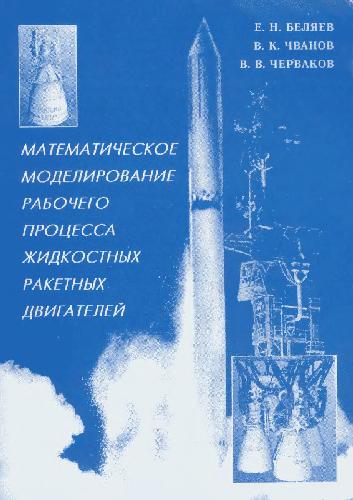
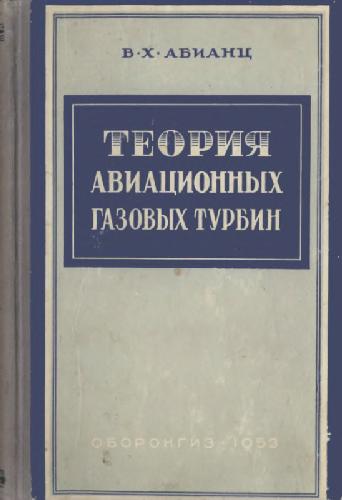
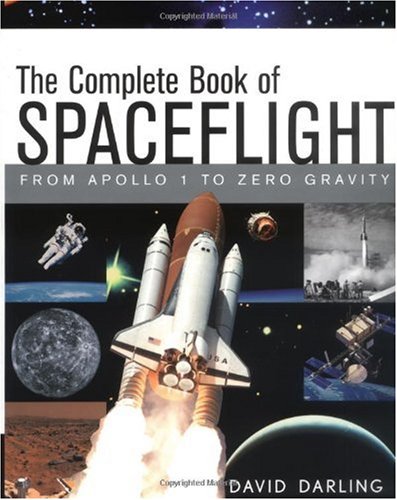

Reviews
There are no reviews yet.